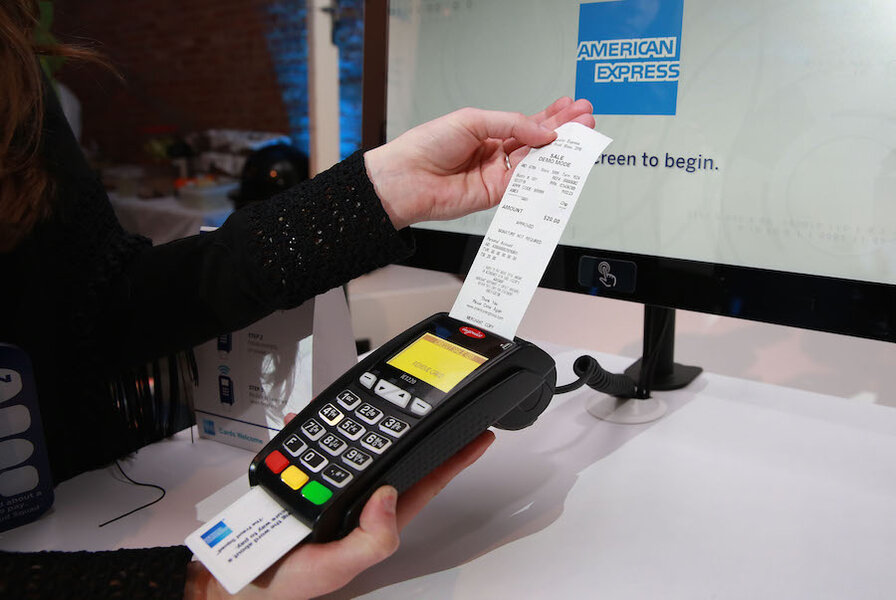EMV chip cards: everything you need to know
Happy EMV chip credit card day! The credit card industry has had Oct. 1, 2015, circled on its calendars for a long time. This is the day when retailers and credit card issuers must either switch to EMV chip technology or assume greater liability for fraudulent purchases. If you haven’t received a new chip card already, you’ll probably get one in the near future.
The new cards will take some getting used to. Here’s what you need to know.
What has changed?
Credit cards have long stored your account number and other information on a magnetic stripe on the back of your card. You shared that information with merchants by swiping your card at the cash register when you made a purchase. But it’s relatively easy for crooks to copy the information from a magnetic stripe, put it on a counterfeit card and then make purchases using your account.
With EMV cards — named for Europay, MasterCard and Visa, which developed the technology — information is encrypted and stored on a microchip embedded in your card, which makes it much harder to “skim” data off your card. Also, when you use an EMV card for a transaction, the merchant’s computers don’t save your account information, protecting you in the event of a data breach.
However, because many merchants have yet to install terminals capable of reading chip cards, even new EMV-enabled cards often have a magnetic stripe so you can swipe your card the old way. But such merchants may now bear more liability for fraudulent transactions.
How do I use my new EMV chip card?
When you’re making a purchase, the main difference between magstripe cards and EMV chip cards is the length of time the machine needs to read your card information. In this case, the newer technology is not faster. Rather than swiping your card or dipping it quickly into the reader and pulling it out, you insert your card in the reader and leave it there for several seconds.
This change was disconcerting at first for Colin Weir, a network engineer in Philadelphia who received his first EMV chip card back in January.
“My first time using the chip at Target, my instinct was to dip it like an ATM card, not insert it and leave it,” Weir says. “That made the system all cranky, and it took a good 15 seconds to recover.”
There are a few other differences as well. For one thing, some restaurants will allow you to pay for your meal at the table with a portable EMV chip card reader. That way, the server won’t disappear with your card to swipe it at the register. These systems also allow you to add a tip, often calculating it for you.
This change can’t come soon enough for Weir. Several of his chip-enabled cards still have magnetic stripes on them, and he hasn’t seen table-side chip readers in Philadelphia yet. “A waiter could still walk away and skim my card,” Weir says.
Better fraud protection?
The whole point of EMV chip technology is to reduce fraud, since chips are harder to replicate than a magnetic stripe. But NerdWallet’s annual consumer credit trends studyfound there’s a good possibility fraud will increase in online transactions and other types of sales in which the card is not presented to the merchant. EMV chip technology does nothing to prevent these types of fraud. In fact, your experience shopping online will not change at all once you have your new card.
The bottom line: EMV chip cards are fairly easy to use. And although they’re expected to reduce certain types of fraud, they’re not a complete solution. The onus is still on you to safeguard your data — online and in the store.
Virginia C. McGuire is a staff writer at NerdWallet, a personal finance website. Email:virginia@nerdwallet.com. Twitter: @vcmcguire.





